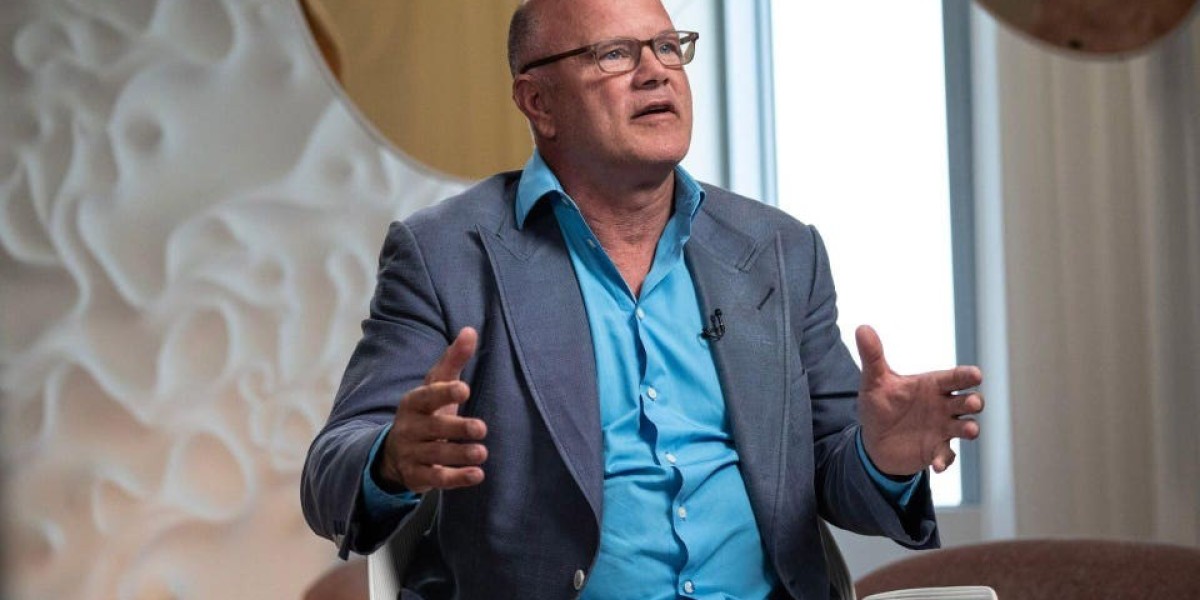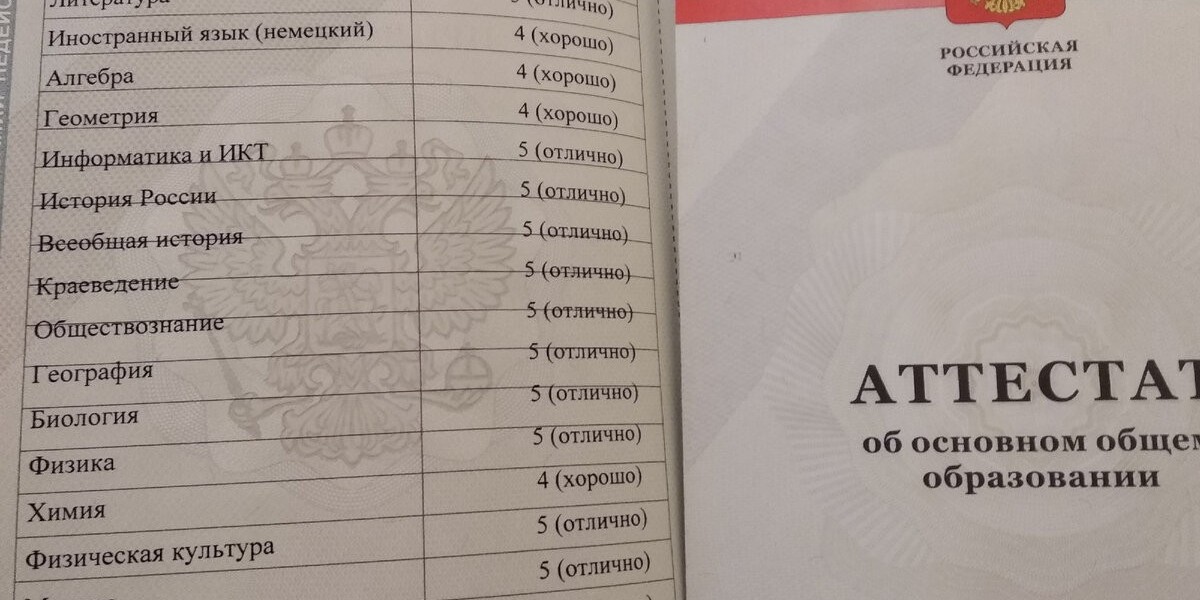When FTX filed for bankruptcy, savvy crypto traders smelled a lucrative opportunity. Sam Bankman-Fried’s crypto empire was seemingly missing billions of dollars worth of customers’ funds but held $3.4 billion in various cryptocurrencies that the estate would have to sell to satisfy creditors’ claims, likely at hefty discounts to their trading prices.
Most of those in charge of the bankruptcy had little experience with crypto so early attempts to consolidate the funds sometimes resulted in embarrassing losses worth tens of thousands of dollars. In September 2023, the bankruptcy estate tapped the asset management arm of billionaire Michael Novogratz’s Galaxy Digital Holdings to help manage its vast crypto pile. This included selling, hedging, and staking the digital tokens—a process that allows token holders to earn passive income in exchange for helping to validate transactions added to a blockchain network.
Roughly a third of FTX’s crypto trove was held in SOL, the native token of the Solana blockchain, which Bankman-Fried championed. Between August 2020 and May 2021, Bankman-Fried’s companies bought close to 60 million of mostly locked SOL, according to the Solana Foundation. In late August 2023, the cryptocurrency was trading at around $20 per token, but by year’s end, its price increased five-fold, surpassing $100. It seemed like if FTX could quickly cash out its SOL and other assets, it would be able to satisfy the claims of its customers in full, at least in their dollar value as of the petition date—something creditors rarely achieve in major bankruptcies.
The caveat is that most of the tokens Bankman-Fried owned are locked, meaning they can only be sold in batches on a monthly basis between 2025 and 2028. Multi-year vesting schedules like this typically mean that tokens have to be auctioned at steep discounts to compensate for the considerable risk buyers assume due to crypto's volatility. However, the potential returns could be enormous. Enter Galaxy’s trading unit, which positioned itself on the buying end of the auction.








